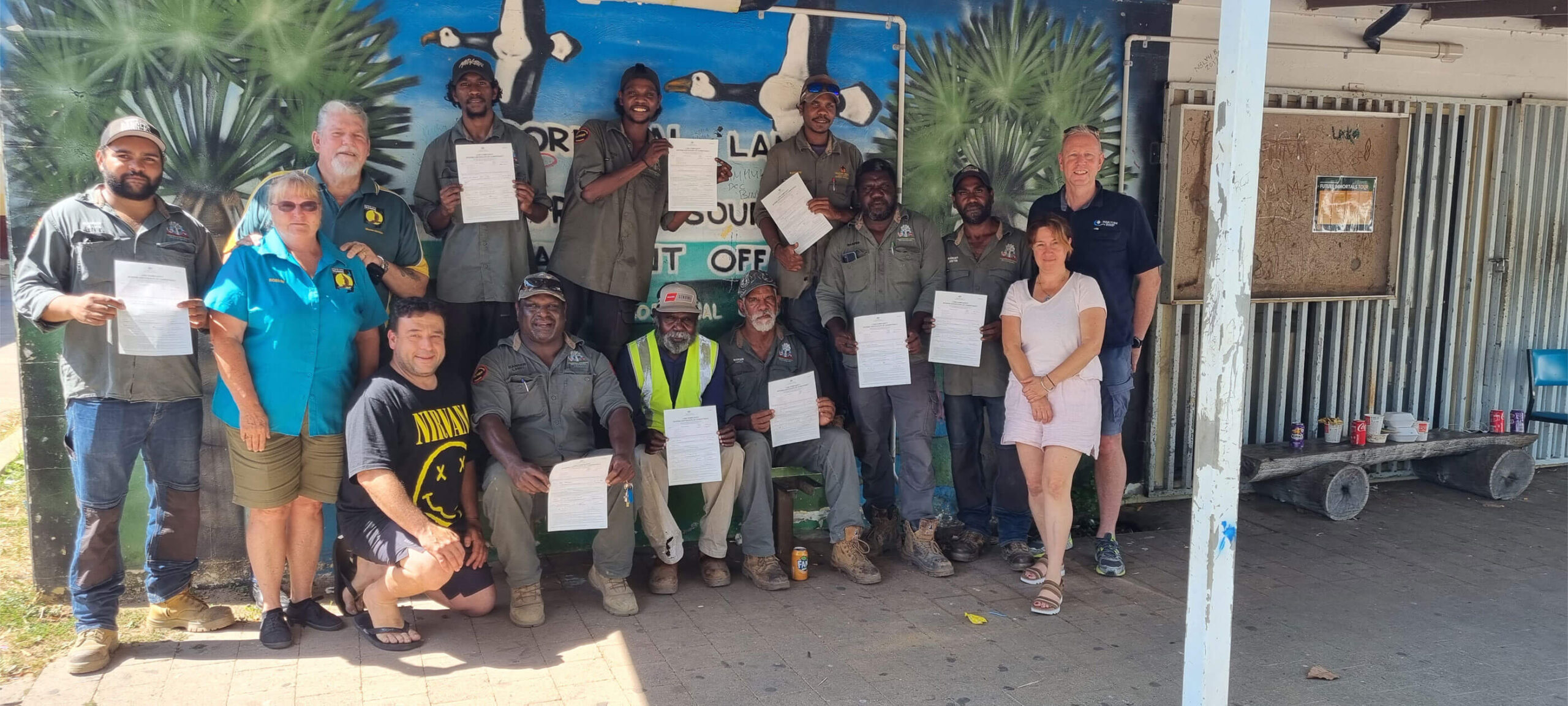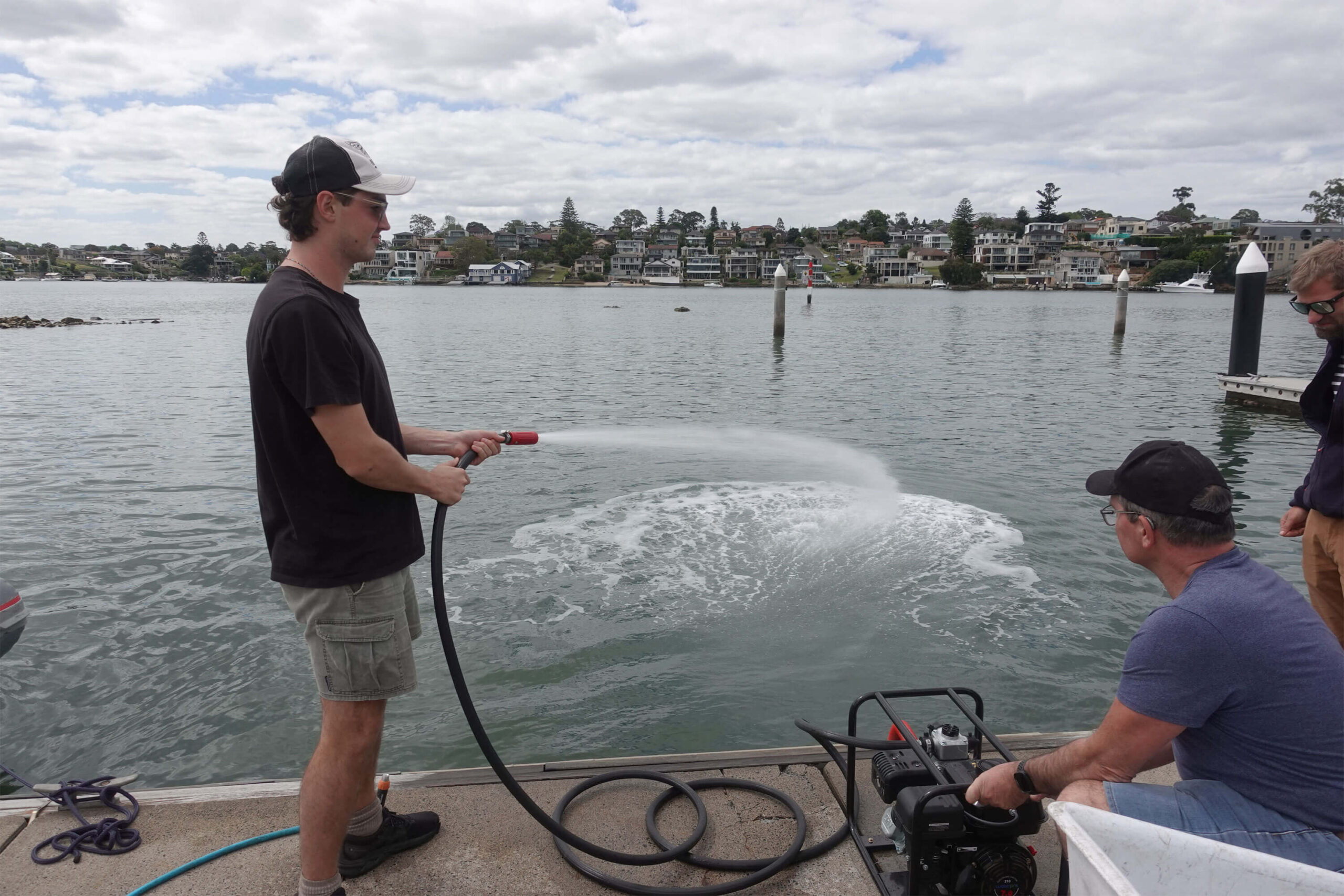Maritime Training School has stood at the forefront of Coxswain training in Australia for over 20 years. We offer accredited coxswain courses and coxswain tickets designed to equip maritime professionals with the skills and knowledge needed to excel in their careers, and our commitment to excellence and safety has made us the trusted choice for those seeking Coxswain certification in Australia for decades.
FEE FREE TRAINING
AVAILABLE!
Thanks to Maritime Training School being chosen by the NSW Government as an official ‘Smart and Skilled Funding’ body, we can now offer FEE FREE TRAINING on Coxswain courses (and other selected commercial courses) to eligible applicants.
Call (02) 9736 3655 today
(Places are strictly limited, and conditions apply, so bookings are essential)
Students must be at least 16 years of age to be able to participate in this course.
Up and coming courses 2025 – COXSWAIN 1 :
Sydney – Mosman:
3rd February to 14th February – 10 spaces AVAILABLE
1st April to 11th April – 10 spaces AVAILABLE
21st July to 1st August– 10 spaces AVAILABLE
13th October to 24th October – 10 spaces AVAILABLE
SPECIAL OFFERING 1 day per week afternoon classes
Every Monday for 10 weeks from 3pm (excl. public holidays)
24th February to 5th May – 10 spaces available
Newcastle – Stockton:
10th March – 21st March – 10 spaces AVAILABLE
11th August – 22nd August – 10 spaces AVAILABLE
Central Coast – Toukley:
1st September to 12th September – 10 spaces AVAILABLE
 Coxswain 1 Course Information
Coxswain 1 Course Information
 Coxswain Grade 2 Course Information
Coxswain Grade 2 Course Information
 Coxswain 3 Course Information
Coxswain 3 Course Information




What is a Coxswain?
Before getting into the nitty gritty of the Coxswain 1, 2 and 3 courses we offer, we thought it would be beneficial for us to walk you through exactly what a Coxswain is, and what is expected of a Coxswain once you have completed one or more of our government accredited coxswain courses.
So, what is a Coxswain exactly? Well, we’re glad you asked! A Coxswain is a term primarily used in the maritime industry to refer to someone who is responsible for the safe operation and navigation of a vessel. The role of a coxswain is crucial in ensuring the well-being of both the crew and the vessel itself.
Below are some key responsibilities and attributes of a coxswain in Australia.
Vessel Operation
Coxswains are trained and experienced in operating various types of vessels, from small boats to larger ships. They are responsible for manoeuvring the vessel, ensuring it follows the intended course, and handling it in different weather and sea conditions.
Vessel Navigation
Coxswains are skilled navigators who use a plethora of tools including charts, maps, and navigational instruments to determine the vessel’s position, plan routes, and avoid hazards such as rocks, reefs, and of course, other vessels. They also calculate courses and make course adjustments as needed.
Vessel Safety
Maritime safety is a top priority for coxswains. They are responsible for the safety of the crew and passengers on board the vessel. This includes implementing safety procedures, conducting safety drills, and responding to emergencies such as fires, collisions, or medical incidents.
Maritime Communication
Coxswains play a pivotal role in establishing and maintaining clear and efficient communication within the crew of the vessel. This is essential for ensuring that all crew members understand their roles, follow safety protocols, and coordinate their activities effectively.
Crew Briefings
Coxswains often conduct pre-voyage briefings to inform the crew about the day’s tasks, safety procedures, and any special instructions. These briefings ensure that everyone is on the same page and aware of their responsibilities.
Emergency Drills
Regular drills and exercises are essential for preparing the crew for emergencies. Coxswains lead these drills, instructing the crew on how to respond to various scenarios, such as man-overboard situations, fires, abandon-ship procedures, and more.
Crew Task Assignments
During operations, Coxswains assign specific tasks to crew members based on their skills and expertise. Effective communication is crucial in conveying these assignments clearly and ensuring that everyone knows what is expected of them.






Comments